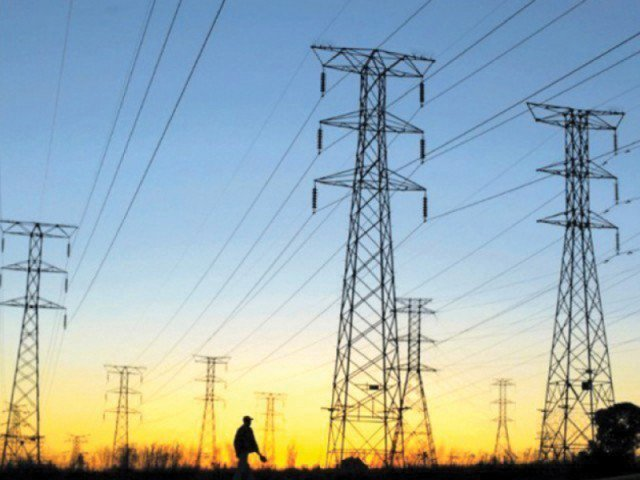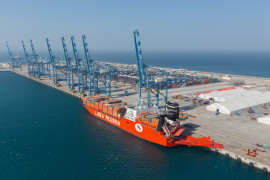
Circular debt has crossed Rs1.23 trillion. There is no reduction in sight, practically speaking, in power and gas-sector losses with common problems of theft and inefficiency.
The difference is in treatment of technical losses. The most frightening prospect is the increase in these losses in absolute terms as energy supply rises. This comes at a time when we seem to be at the fag-end of the energy crisis.
Even earlier they avoided running all the installed capacity for saving cash. Losses cannot be eliminated altogether, especially technical ones, but total losses can be reduced by half.
At Rs10 per unit, electricity losses amount to Rs240 billion and at $10 per million British thermal units (mmbtu) opportunity cost, gas losses amount to Rs125 billion. Put together, the losses amount to $3.5 billion.
This loss can be reduced to about $1 billion over a period of five years. Power sector can be improved with a lot less difficulty as it has undergone restructuring and reorganisation to a suitable level. The only issue is further fragmenting the distribution companies.
Gas sector has, however, escaped any reforms or restructuring. Prospect of privatisation has largely prevented reforms and the consequent debate on reforms and restructuring before privatisation or vice versa, a chicken and egg problem.
Some degree of technical losses may go down if the transmission and distribution system improves and overloading of transformers and cables is removed.
Similarly in the gas sector, there are pipelines and pipe leakages which can be reduced by improved efficiency and investments. Corruption and collusion of company employees is a major factor which can only be partly handled by good and honest management, but it is a larger problem.
Hopefully, the measures adopted by the new government will make a difference in general climate in the country which will also affect the gas and power sectors.
There are two types of companies in the electricity sector – high loss and low loss. Among high-loss companies are Pesco, Qesco, Sepco and Mepco. All these companies are spread over large areas and there is strong influence of feudal and powerful groups and individuals.
Poverty is also a factor which induces some ordinary families to indulge in theft and illegal connections, which also has political support. Law and order is under provincial governments, which are least bothered as energy companies are in federal control.
How can they take action against the powerful elite who is politically associated even if these companies are transferred to provinces?
There are problems of capacity and political structures in smaller provinces. At least, in the short run, the provincial transfer may shift the load but may not solve the problem.
Some solutions
Small distribution companies, other than metropolitan areas, are a norm in many countries in Europe and even in the region. It is not possible for a hands-on management interested in problem identification and solution to manage companies from distances.
Large companies are liked by bureaucrats and scions to rule upon with a comfortable distance and never to face the problem in its face. There is a strong case to fragment these companies. Power sector’s situation is a little better with 9 to 10 companies which also need to be doubled in number. Especially, Pesco, Mepco and Qesco need to be fragmented into two to three companies each.
Gas distribution companies also should not cover more than three to four districts, generally speaking. There may be a case for 10 gas distribution companies as it is a smaller sector than electricity.
Capacity payments to inflate power production cost, consumer bills
Apart from sales and number of consumers, an additional criterion should be distance. Higher management from the head office should be able to travel to the farthest point within half a day or so and return back to the office and home.
The other tool is cost-centering, measurement and monitoring. Smart meters’ solution was proposed, of which I accept the blame for opposing and contributing to fizzling it out.
My argument was that it was too expensive at installation cost of $250 per meter and would have cost in excess of $7.5 billion and would have taken a decade. Covering one or two less loss-making companies, that too only partially, would not have solved the problem.
I still stand for installing smart meters on distribution centres and 11-kilovolt grids. There are only 8,000 11kv grids and 650,000 distribution transformers. Covering these points is a much smaller job as compared to 3.5 million consumers.
More than 50% of gas sub-stations are already covered by smart metres. They have to complete it by 100% installation. This will enable both the power and gas companies to do cost-centre accounting, measuring and comparing supplies of the commodity with the money received. This will enable closing on the electricity and gas loss and theft. Combined action against these areas can be taken. I would propose adding a surcharge to the consumers of defaulting areas.
A fine of 3% may be added; small, medium and large depending on the intensity of the problem. This will be opposed, as higher load-shedding in defaulting areas has been opposed.
Pakistan’s energy-related imports increase 34% to $1.27b
However, combined punishment of consumers is not recommended. Internal controls, charge sheeting and even rewards system may also have to be introduced.
Liquidity crisis
Lastly, there is a conundrum here on regulatory allowance of distribution losses. Regulators, both Nepra and Ogra, have been rather strict in order to control losses.
However, this has caused liquidity crisis in these companies and has contributed to other problems such as circular debt. In the gas sector also, it is there in one form or the other. The losses have not been reduced due to regulatory stringency and have caused liquidity issues.
Companies cannot reduce and control losses without investments. The measures proposed above require cash. If it is borrowed, debt is to be serviced. The gas distribution tariff is less than $1 per mmbtu, which is really a very meagre amount compared to regional and international rates, which are double or even more than that.
If taken in totality, there is a strong case for increasing service charges of these companies. It can take many forms including cost-plus approach in loss allowance, or pass-through treatment of gas loss reduction investments or some mix of incentives.
In my opinion, regulators may have to loosen the leash a bit and award an incentivised and realistic allowance for losses.
The writer is former member energy of the Planning Commission
Published in The Express Tribune, October 1st, 2018.
Like Business on Facebook, follow @TribuneBiz on Twitter to stay informed and join in the conversation.


















COMMENTS
Comments are moderated and generally will be posted if they are on-topic and not abusive.
For more information, please see our Comments FAQ